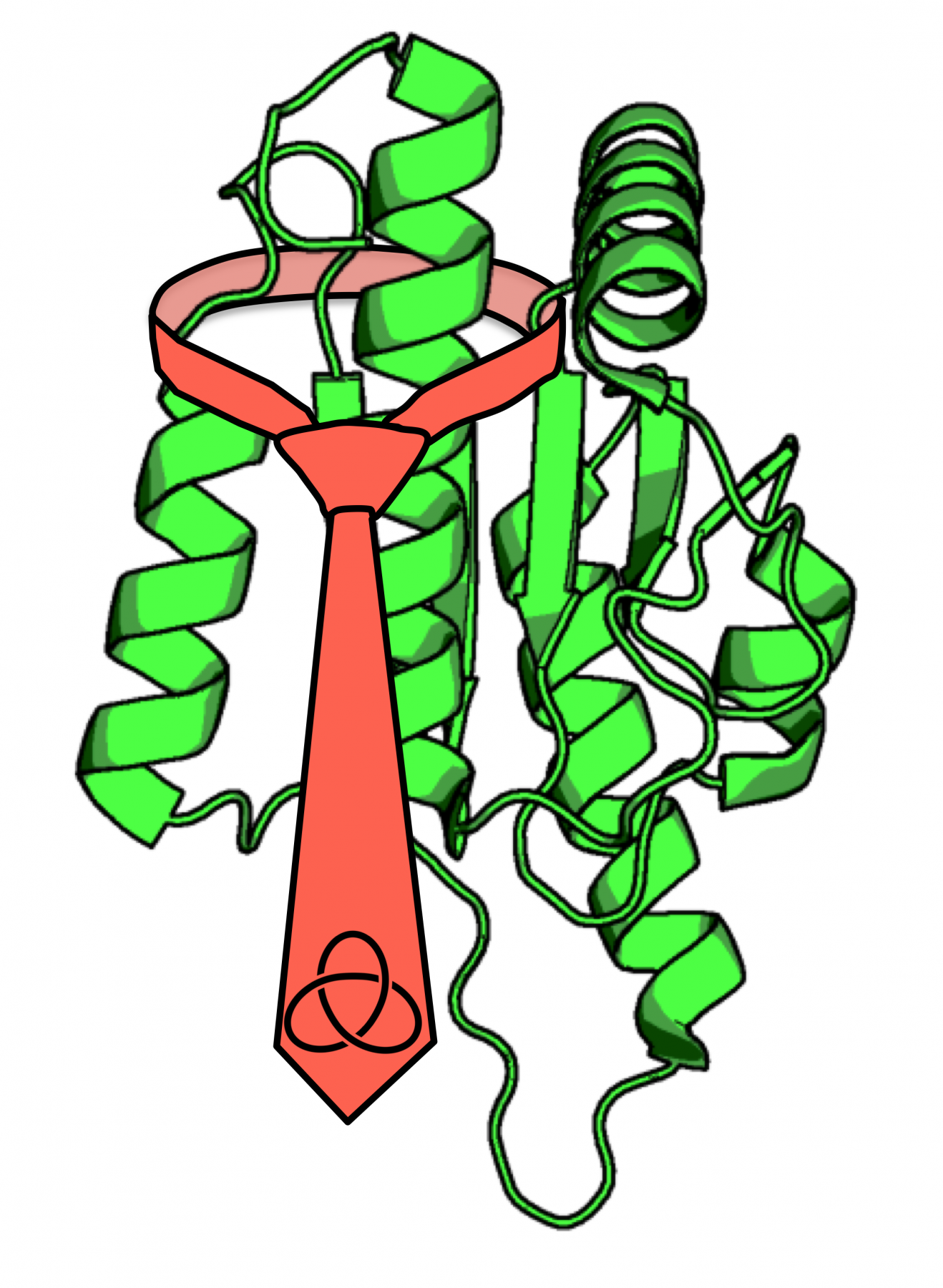A small fraction of all protein structures characterized so far are entangled. The challenge of understanding the properties of these knotted proteins, and the why and the how of their natural folding process, has been taken up in the past decade with different approaches, such as structural characterization, in vitro experiments, and simulations of protein models with varying levels of complexity. The simplest among these are the lattice Gō models, which belong to the class of structure-based models, i.e., models that are biased to the native structure by explicitly including structural data. In this review we highlight the contributions to the field made in the scope of lattice Gō models, putting them into perspective in the context of the main experimental and theoretical results and of other, more realistic, computational approaches.
Download “Article preprint” Knotted_Proteins_Tie_Etiquette.pdf – Downloaded 285 times – 5 MB
Download a copy of the manuscript (preprint version)

